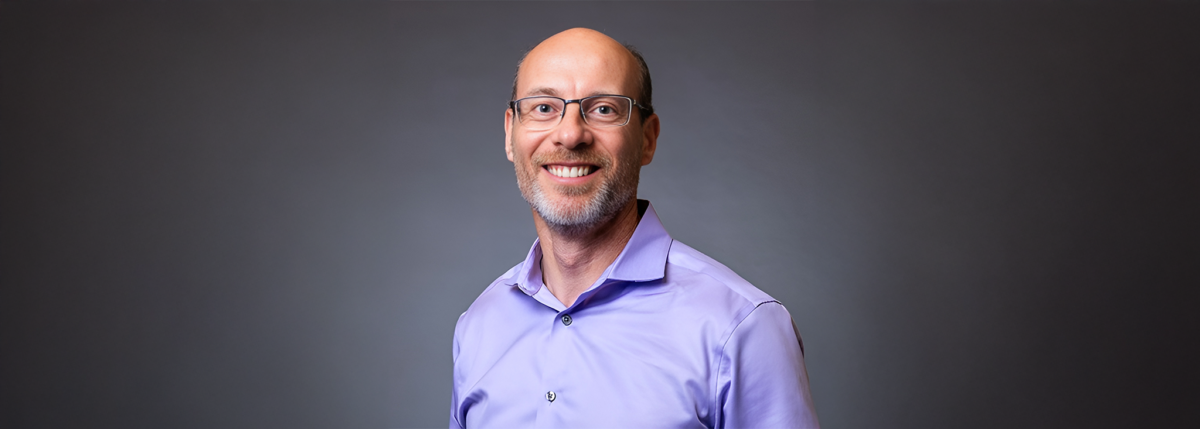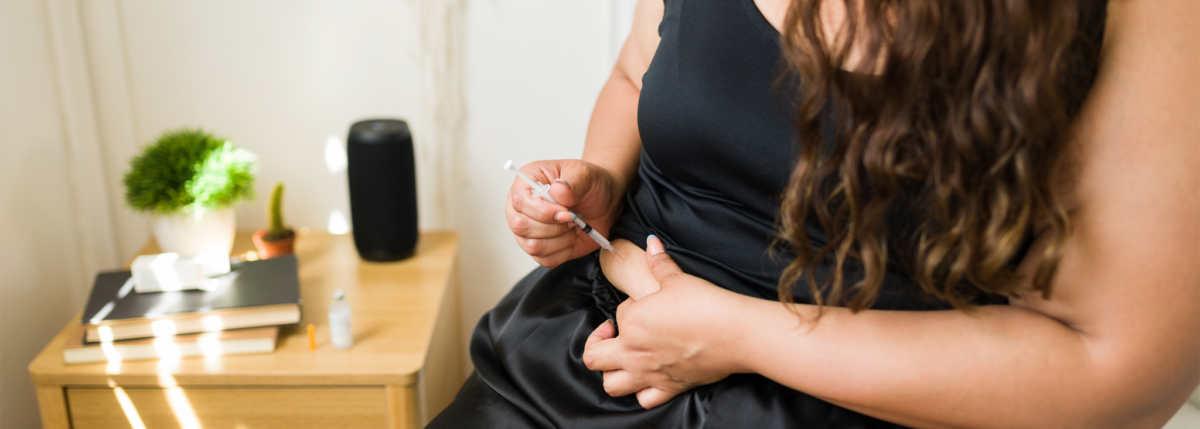Why I’ll Never Go Back to Pricking My Finger
Written by: Liz Cambron-Kopco
3 minute read
August 24, 2022
Switching to a continuous glucose monitor (CGM) was a game changer for managing my diabetes. Part of my diabetes management includes checking my blood sugar levels, but I hated pricking my finger so I never would. My doctor would recommend I check my blood sugar levels several times a day, meaning several finger pricks a day. This led to finger bruising and diabetes burnout. Here’s why I’ll never go back to pricking my finger!
I hated bruising my fingers.
I was diagnosed with type 2 diabetes right when I started working on my PhD in cellular and molecular biology. I constantly used my hands doing lab work for my research, so pricking my finger sometimes made it hard to do my job. Since I’m right-handed, I would only ever check my blood sugar levels using my left hand to avoid bruising my dominant hand.
This meant my left hand would have blue spots on the fingertips, even if I decreased the depth of the lancet! Spending most of my day in the lab also meant that I didn’t always have time to step out and check my blood sugar levels, so I just wouldn’t.
Dude, where’s my BGM?
It was a bit hard to check my blood sugar levels sometimes because I would constantly forget my blood glucose monitor (BGM) at home. As a student, I couldn’t afford to buy double the supplies in order to have one kit at home and one in my backpack. I refused to carry a “diabetes diaperbag” along with all my school work. Managing my diabetes was a literal burden to carry sometimes!
Using a BGM was also difficult when I was experiencing hypoglycemia and couldn’t insert a test strip, let alone draw a drop of blood. People with arthritis (or simply large fingers) may also struggle with handling a BGM.
It wasn’t until my brothers who also live with type 2 diabetes recommended I ask my doctor about getting a CGM.
CGM: The gamechanger.
For about two years, I asked my endocrinologist about getting a CGM, and for two years he said no because my diabetes “wasn’t that bad.” So I got a new endocrinologist. CGM accessibility is pretty poor for the type 2 diabetes community. Most insurance companies won’t cover the cost of a CGM for person with type 2 diabetes unless they’re doing multiple daily injections (MDI) of insulin. My new endocrinologist had to file for an exception in order for me to get my CGM.
Using a CGM allowed me to collect more data than I could’ve ever imagined. I didn’t realize my blood sugar levels were dropping overnight because I obviously wasn’t pricking my finger in my sleep.
Not having to carry around more supplies—just my phone—made it so much easier to check my blood sugar levels. Knowing what my blood sugar levels were throughout the day, versus just once or twice a day, helped me and my doctor make medication and lifestyle adjustments.
Just like that, all my numbers improved and I no longer needed to use insulin!
Another tool in my toolbox.
I love using a CGM because it’s more convenient for my busy lifestyle and there’s less “stuff” to carry around. But I’m not throwing away my BGM just yet!
There have been times where my phone dies, my purse strap pulls my CGM off, or switching insurance has caused a delay in refilling my CGM prescription, leaving me on my own for checking my blood sugar levels. I still keep my BGM kit ready-to-go because there may be times that my CGM is not working and I need to check the old-fashioned way.
Even though my CGM is usually pretty accurate, I might also use my BGM to confirm if I’m having severe highs or lows before making any medical decisions. Traveling is another reason to keep my BGM nearby. For example, if I’m going for a hike somewhere remote, I still take my BGM just in case!
Switching to a CGM has been a huge help with making my diabetes management easier—something every person with diabetes deserves. The data automatically gets uploaded and sent to my doctor’s office—one less thing for me to do! But like with any technology, it calls for occasional troubleshooting and a back-up plan.
I don’t think BGMs will ever go away and I’m thankful to always have it as a backup in my toolbox. If you can get your hands on a CGM, I absolutely recommend giving it a try.
Editor’s Note: Educational content related to blood sugar management is made possible with support from Abbott, an active partner of Beyond Type 1 at the time of publication. Editorial control rests solely on Beyond Type 1.

Author
Liz Cambron-Kopco
Liz has been living with type 2 diabetes since 2014, but grew up surrounded by it as a first-generation Mexican-American. With a bug for research, Liz pursued a PhD in molecular biology and spent her early career studying insulin signaling in invertebrates to understand how insects’ tiny little bodies work. Along with advocating for women and girls in STEM, Liz shares her personal journey with diabetes on her social media platforms to help teach people to become their own advocates. Her passion for advocacy led her to join the Beyond Type 1 team. When she’s not advocating, Liz enjoys hiking... Read more
Related Resources

The holiday season is filled with celebrations, family gatherings, and plenty of holiday foods. No...
Read more

Managing diabetes is a complex and often overwhelming journey—even nine years after my daughter's diagnosis....
Read more

The holiday season is all about celebration, family, and joy—with a little chaos sprinkled in...
Read more

